4 Push-up Mistakes Beginners Make According to Expert
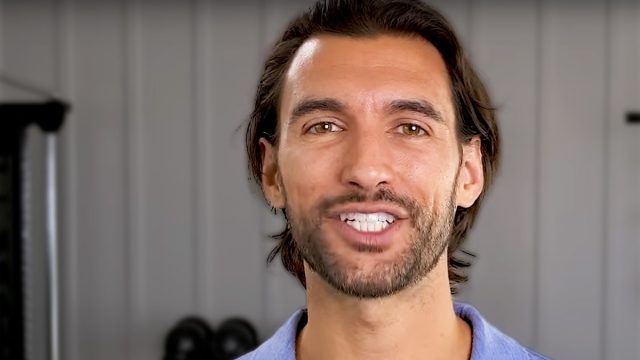
Have you ever watched someone effortlessly knock out a set of push-ups and wondered why you can't do the same? You're not alone. While push-ups are a fundamental exercise, most beginners struggle with proper form and progression. Dr. Anthony Balduzzi, founder of The Fit Father Project and The Fit Mother Project, has helped thousands of people—including those weighing 300-400 pounds—master this essential exercise. Here are the most common mistakes he sees and how to fix them.
Mistake 1: Starting with Wall Push-ups
Many beginners start with wall push-ups, but this common approach is flawed. "Wall push-ups are next to useless for your gaining your progression because they don't really mimic the push-up," Dr. Balduzzi says in his post. While they might work your triceps slightly, they fail to engage your core and chest muscles the way a proper push-up should.
RELATED: 12-3-30 Walking Method: 20 Proven Tips to Lose Weight Faster
Mistake 2: Skipping Progressive Steps
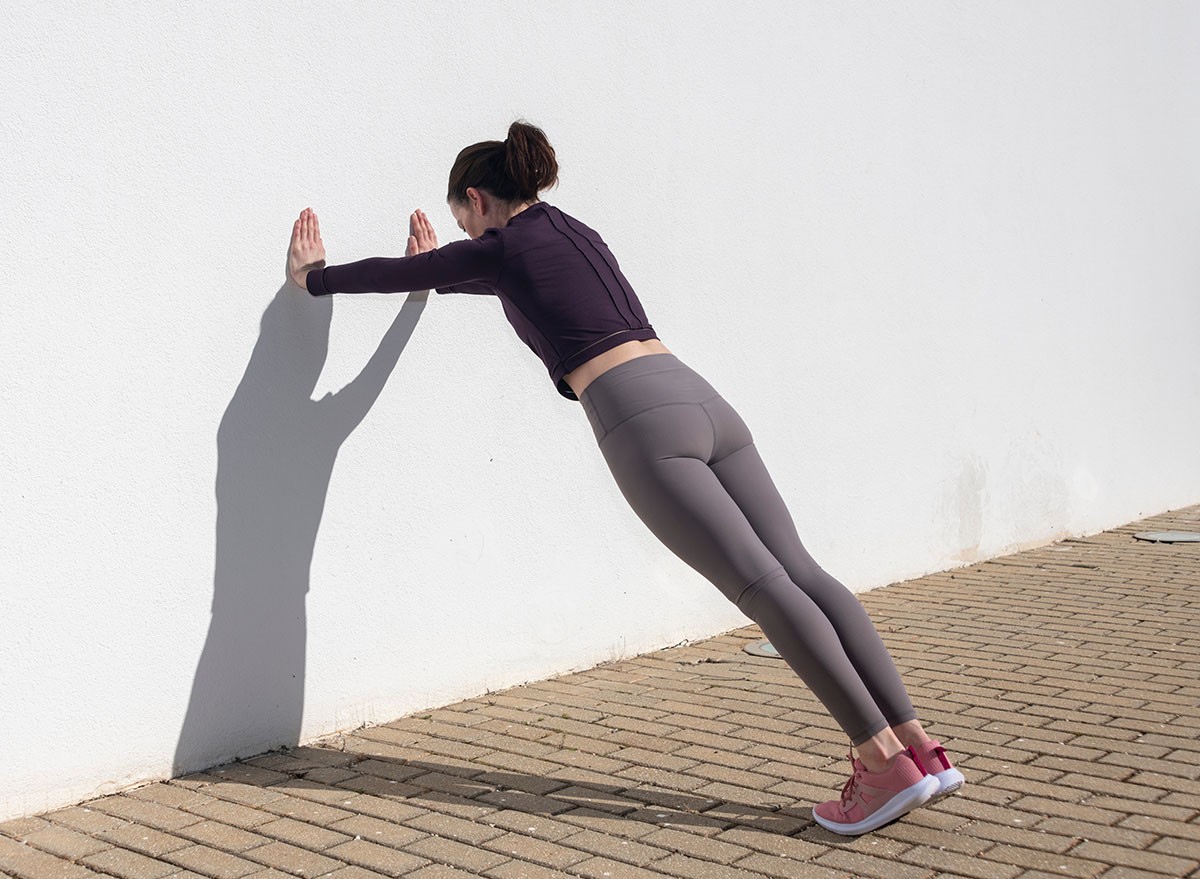
Jumping straight to floor push-ups is another common error. "You need something that's not so vertical. It needs to be a little more horizontal," Dr. Balduzzi explains. He recommends starting with elevated push-ups using a bench or sturdy surface at hip height, then gradually working your way down to lower heights.
Mistake 3: Neglecting Core Engagement
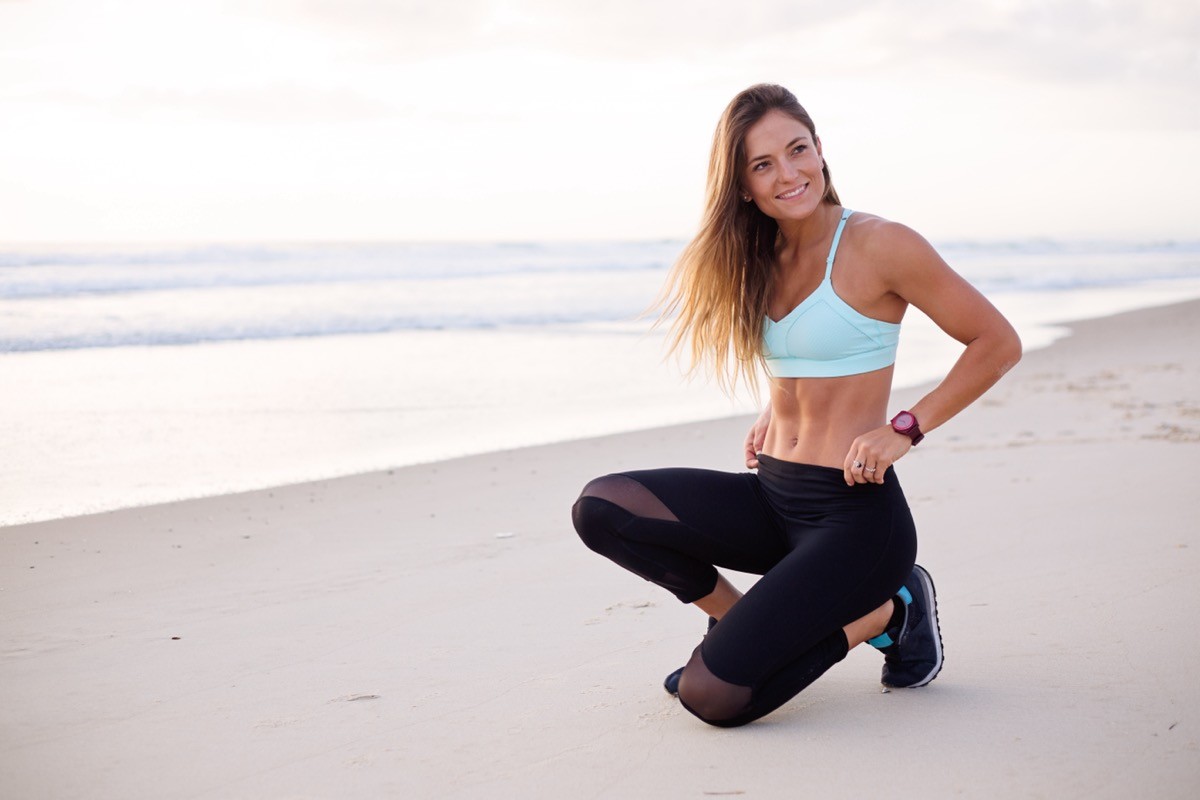
Many beginners focus solely on arm strength, missing a crucial component of proper push-ups. "Push-ups are a full body motion. It's not just arms and chest," emphasizes Dr. Balduzzi. "Feel your core activate and feel your abs and squeeze your butt. Get your whole body involved."
RELATED: I Got Into the Best Shape of My Life at 50 by Following These 6 "Basics"
Mistake 4: Rushing Through Repetitions

"Form and quality is more important than quantity," states Dr. Balduzzi. "You've seen people do some really sloppy push-ups. It's not creating the tension." Instead of racing through repetitions, focus on controlled movements and proper form.
Dr. Balduzzi recommends a systematic approach to mastering push-ups:

1. Start with Elevated Push-ups
Begin with a surface at hip height, focusing on engaging your core and maintaining proper form. Practice for 3-4 minutes daily or every other day.
2. Move to Knee Push-ups
"Knee push-ups are absolutely fantastic. Honestly, they're almost as good as regular push-ups," says Dr. Balduzzi. Use padding under your knees for comfort, and maintain the same core engagement as elevated push-ups.
RELATED: 20 Superfoods for People Over 50
Progress to Full Push-ups
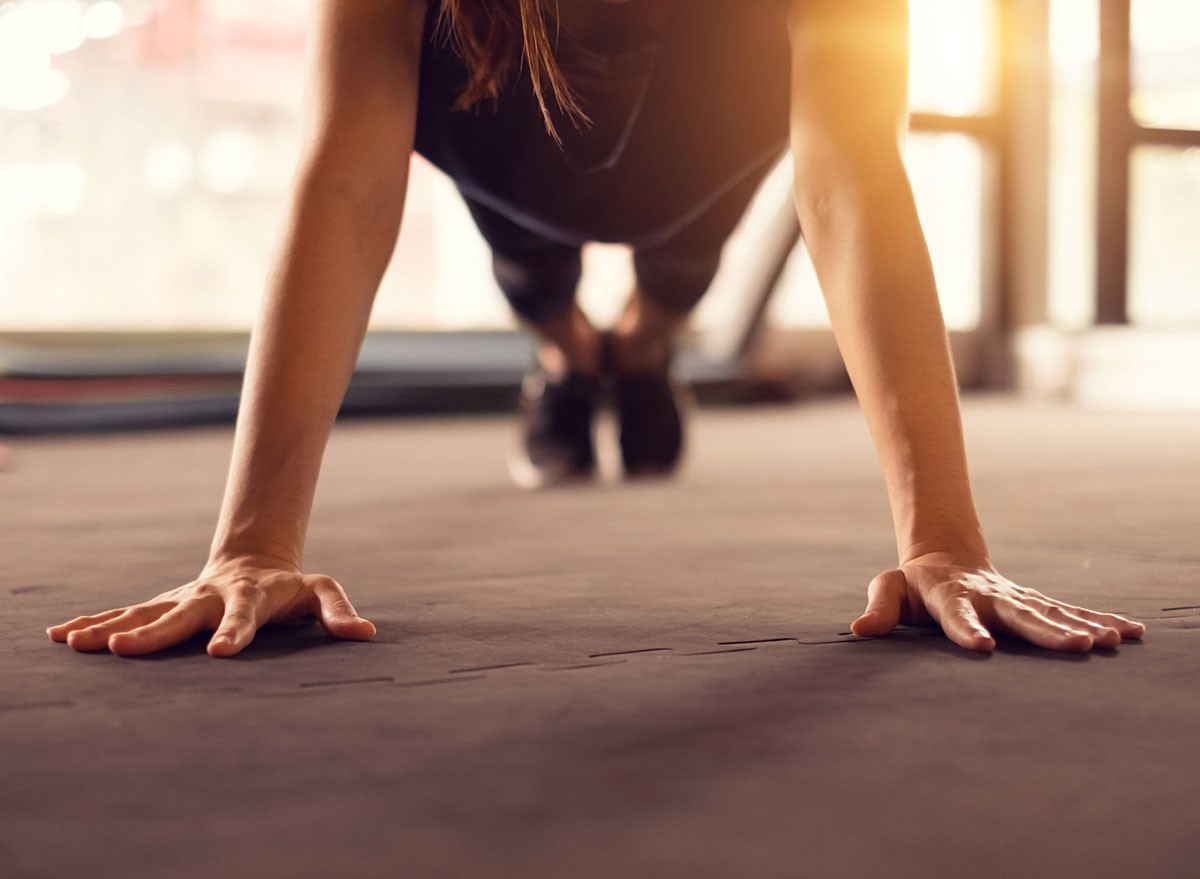
Once comfortable with knee push-ups, gradually transition by lifting one leg, then both. "Over time, you can take one leg up, you can start coming up. Over time, as you play around, you get that second leg up, and now you've done your first proper push-up," explains Dr. Balduzzi.
Training Schedule for Success
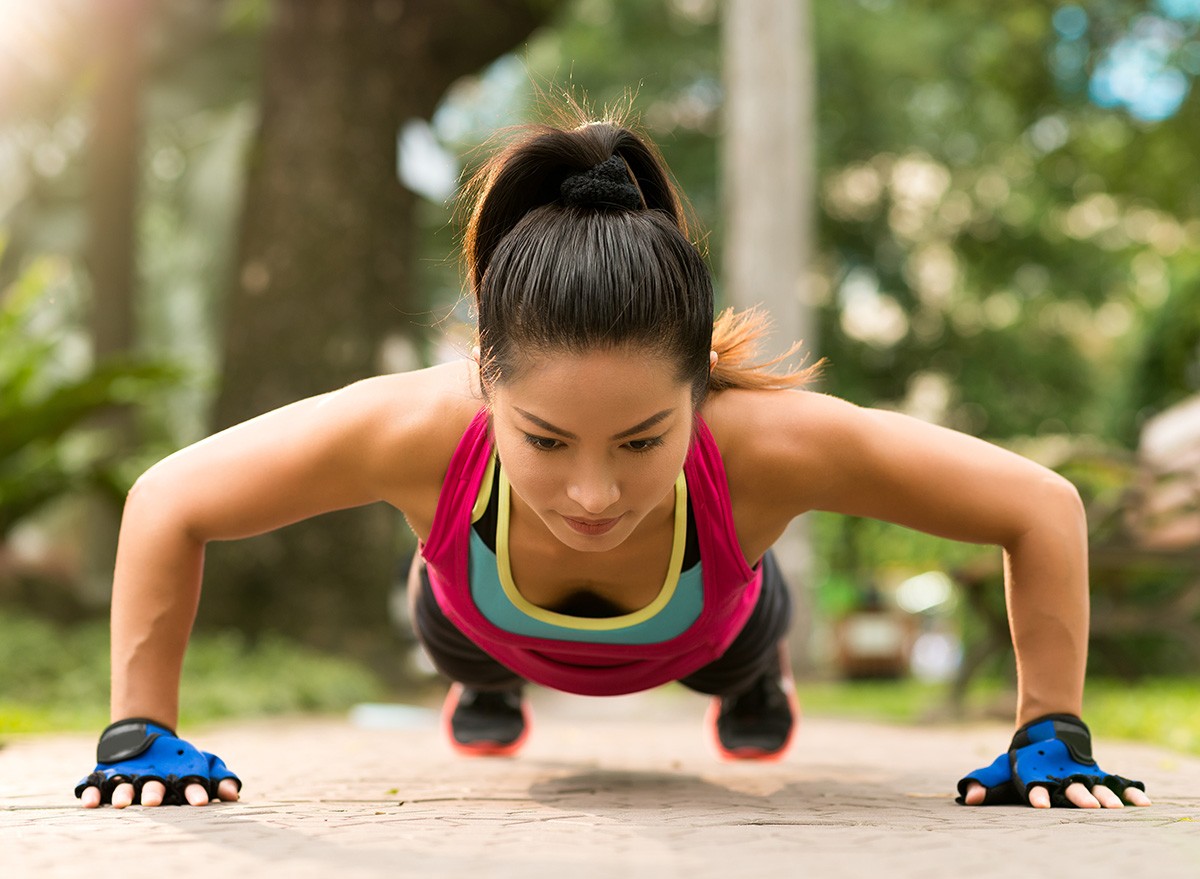
For optimal progress, Dr. Balduzzi recommends practicing push-ups daily or every other day for about five minutes. "Do a set, rest for a minute, maybe a minute and a half. Do another set, rest for a minute," he advises. Track your progress to stay motivated.
RELATED: Are Your Workouts Making You Store More Fat? 6 Exercises To Avoid
Advanced Progression
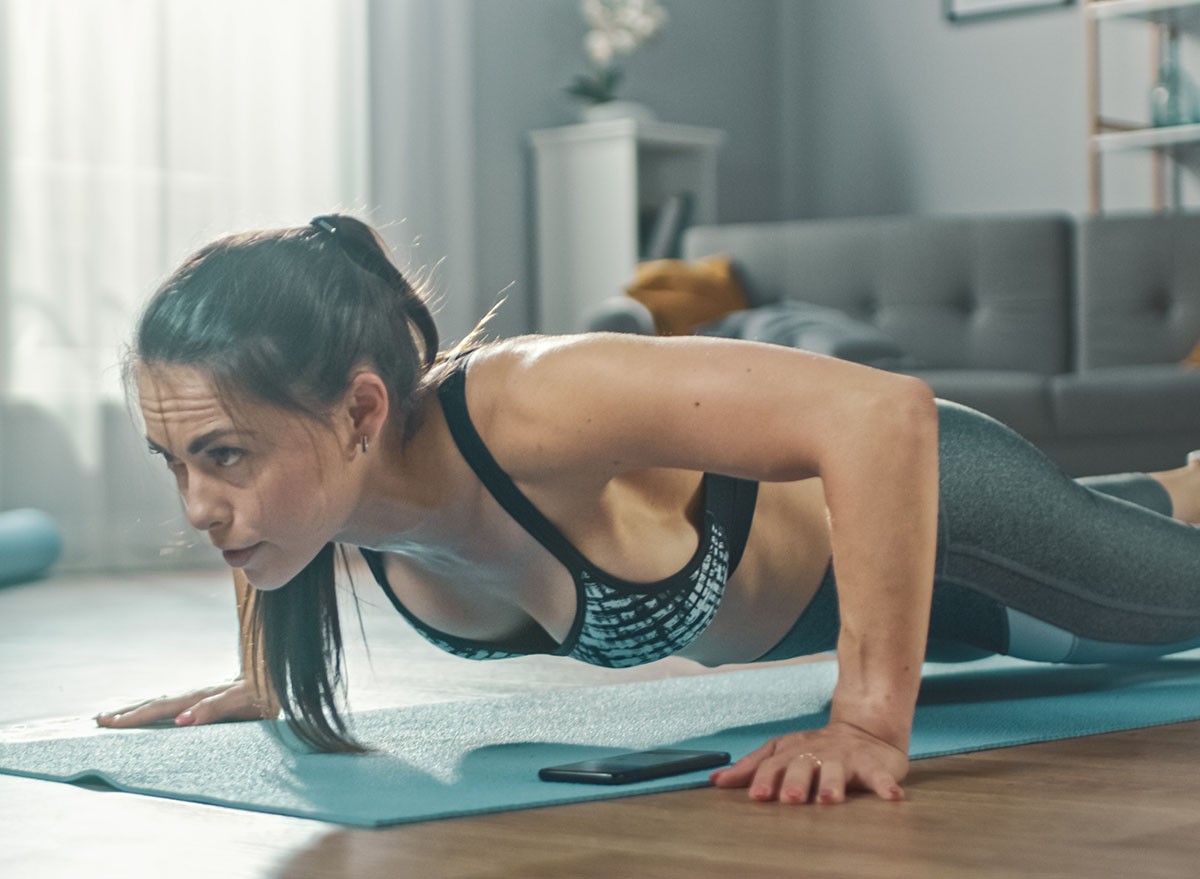
Once you can perform 10 proper push-ups, introduce tempo training. "A tempo push-up would be… on the way down, we're going to control this descending portion for about three seconds. We're going to do a one second pause at the bottom, then we're going to explode up," describes Dr. Balduzzi.
Remember, there's no shame in starting from zero. "Doing five great knee push-ups are way better than some of those guys you see do sloppy 15 bouncy momentum push-ups," reassures Dr. Balduzzi. Focus on proper form, follow the progression, and you'll be doing push-ups before you know it. And if you enjoyed this article, don't miss I'm a Nutritionist and Here Are 25 Weight Loss Truths You Need to Hear.




